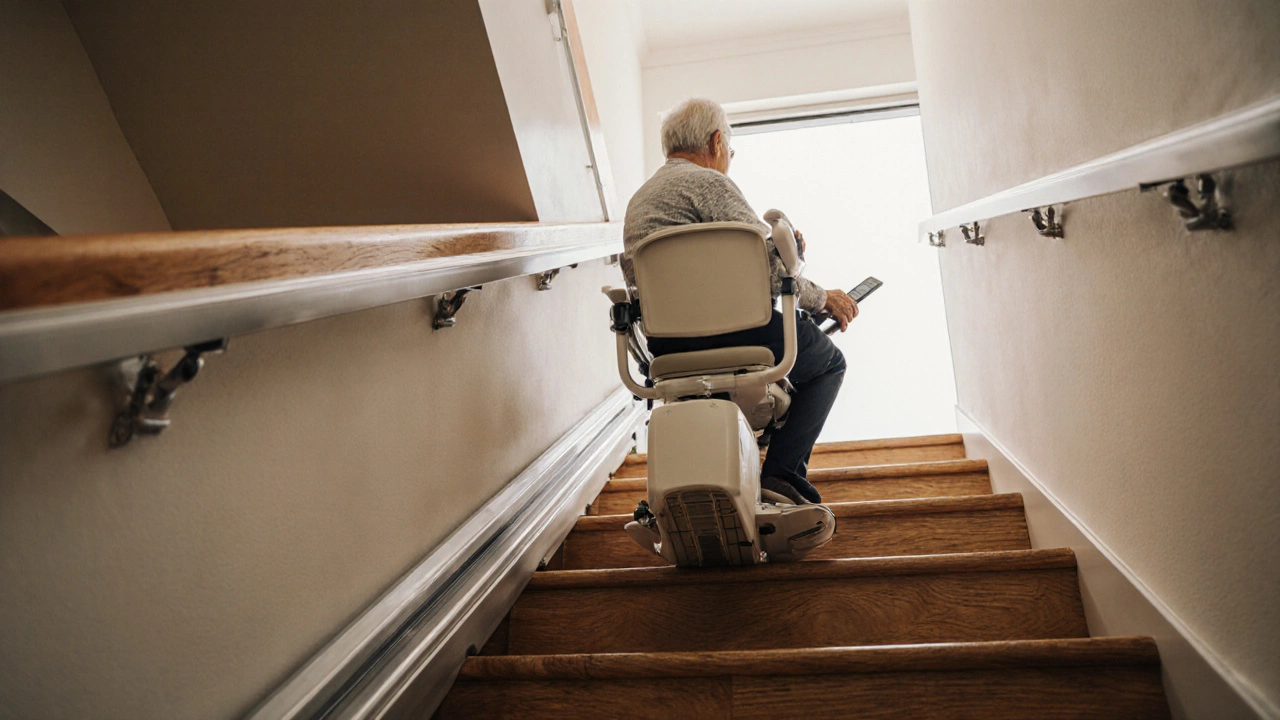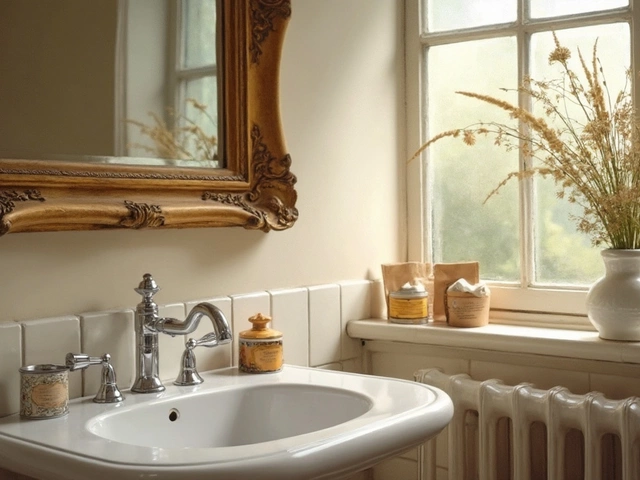Stair Lift Cost
When working with Stair Lift, a motorized chair that carries a person up and down stairs, improving home accessibility. Also known as residential stair lift, it offers a safe, independent way to navigate multi‑level homes. The price you see on a brochure is just the starting point; real cost depends on a handful of linked factors that you’ll want to understand before you sign any contract.
Key Cost Drivers
Home Accessibility, the broader goal of making a house safe for all occupants is the umbrella under which stair lifts sit. Installation Service, the professional work required to attach the rail, calibrate the motor, and test safety features often adds the biggest variable to the final bill. A straight‑run stair with no landings can be installed in a day, pushing cost toward the low‑end of the spectrum. Add a curve, a landing, or a tight corner, and you’ll see the price climb as custom rails and extra engineering time become necessary.
Weight capacity is another clear link: the heavier the user, the stronger the motor and the sturdier the rail must be. Most basic models support up to 250 lb (≈113 kg). If you need a 350 lb (≈159 kg) rating, manufacturers typically upgrade the drive motor, reinforce the rail, and use thicker cables. Those upgrades can add 15‑30 % to the base price, but they also extend the lifespan of the system under heavier loads.
Power source ties directly into cost, too. Battery‑powered lifts run on rechargeable packs that sit underneath the seat. They’re convenient because you don’t need to run new wiring, and the batteries usually last 3‑5 years before a swap is required. Hard‑wired lifts draw power from your home’s electrical system, which can lower the price of the lift itself but may increase the installation fee if an electrician must add a dedicated circuit. Deciding between the two often hinges on the existing wiring in your home and how much you value plug‑and‑play simplicity.
Installation complexity isn’t just about the stair shape. The material of the stairs—wood, carpet, concrete, or metal—affects how the rail is anchored. On carpeted steps, installers need longer fasteners or additional brackets to secure the rail without sagging. Concrete steps may require drilling and epoxy anchors, which can raise labor costs. Every extra step the installer takes to adapt the system to your home’s specifics is a cost driver that shows up in the final quote.
Optional features often feel like nice‑to‑haves, yet they can move the price line quickly. Seat upholstery upgrades (leather, padded fabric, or heated cushions) can add a few hundred pounds. Safety sensors that detect obstacles on the rail, auto‑stop functions, and remote control accessories each bring a separate fee. While these extras increase the upfront spend, they also improve comfort and reduce long‑term maintenance, a trade‑off many homeowners find worthwhile.
Budgeting wisely means looking beyond the sticker price. Many suppliers offer financing plans that spread cost over 12 to 60 months, sometimes with zero‑percent interest for the first year. Comparing multiple quotes is essential; the lowest price may skip a safety sensor, while a slightly higher quote could include a longer warranty. Always ask for a detailed breakdown that separates the lift, the rail, the power system, and labor – this transparency helps you see exactly where you’re paying.
Armed with a clear view of how weight capacity, power choice, stair geometry, and optional upgrades shape the final bill, you’re ready to dive into the specific articles below. They break down real‑world pricing examples, show how to evaluate quotes, and give tips on getting the best value for your stair lift investment.

Standard Stair Lift Cost: Prices, Installation & Financing Guide
Discover the true cost of a standard stair lift in NZ, including price ranges, installation fees, financing options and maintenance. Get a clear guide to budgeting and choosing the right lift.
Categories
- Storage (25)
- Bathroom (17)
- Sofas (14)
- Curtains (14)
- Home Decor (12)
- Bedding (10)
- Kitchenware (10)
- Cushions (10)
- Mirrors (10)
- Rugs (9)



